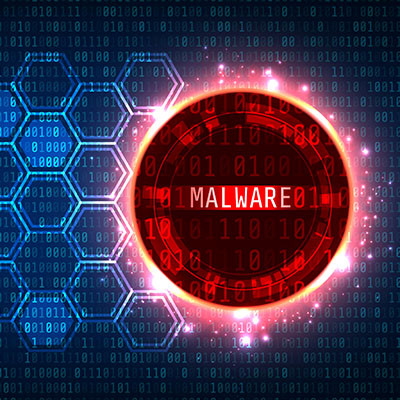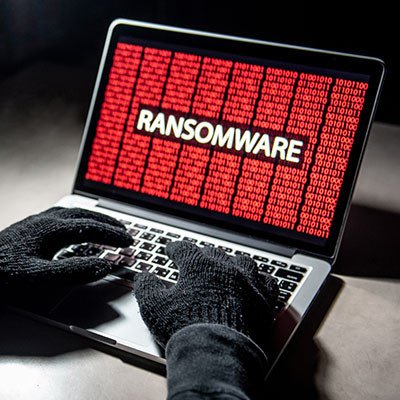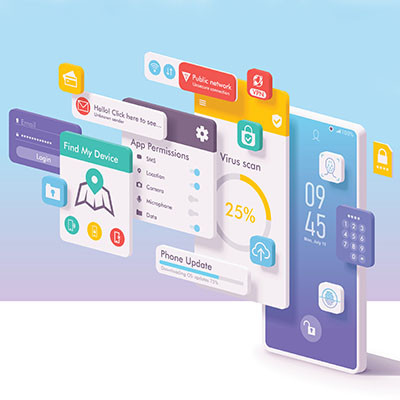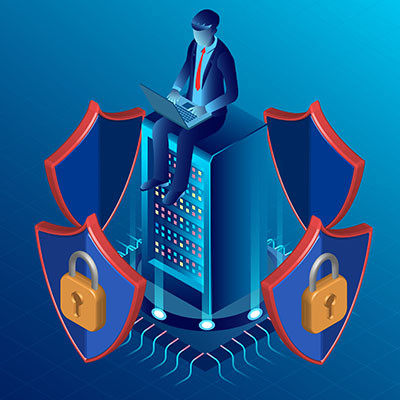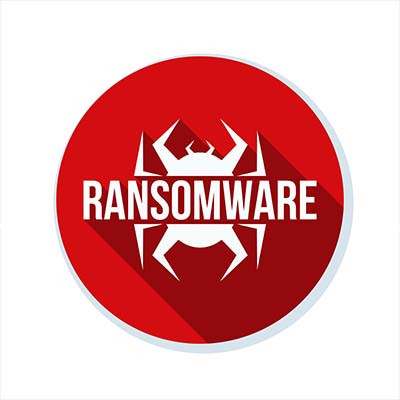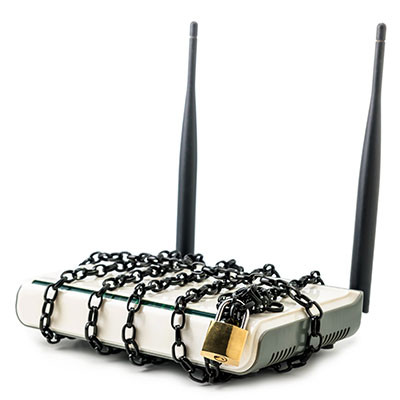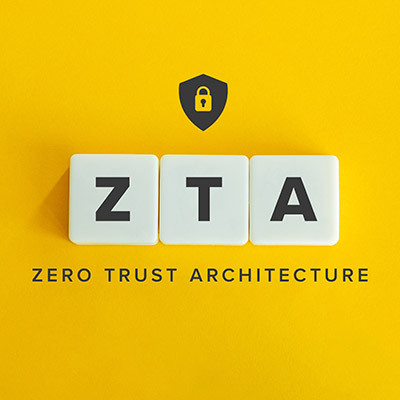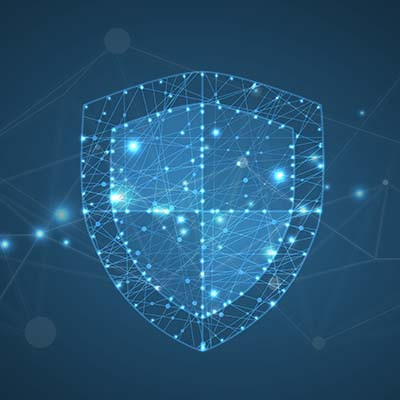JS Business Solutions Blog
Cybercrime is up, way up. This is problematic for businesses in general, but can be a really serious issue for those companies that don’t have security measures in place that can thwart potential attacks. Today, we’ll talk briefly about how big of a problem cybercrime is and some steps your business can take to keep from becoming a statistic.
How many scams and spam messages do you receive on a daily basis? We bet it’s more than you think. Scams affect countless individuals and can cost a pretty penny if they are not handled appropriately. Let’s go over why some individuals might be more likely to fall for scams than others, as well as what you can do to keep your employees from inadvertently costing your company
You can’t check the news without seeing the word “ransomware” plastered across the screen. It’s a major threat for businesses in just about any industry and of any size. In order to keep your business safe both now and into the future, you’ll have to implement adequate security measures that can put a stop to these types of threats. Of course, it’s easier said than done, especially when certain data is more likely to be targeted than others.
Continuing their record of the past few months, Cloudflare has stopped yet another DDoS attack—this time, one of record-breaking severity. According to the company, this attack—specifically, an HTTPS DDoS attack—was the largest one ever recorded.
Let’s explore what this kind of attack is in the context of what happened, and what you can do to help keep your business safe.
When it comes to mobile devices, you have a fine line to tread with security. On one hand, you want to make sure your devices are protected properly from all manners of threats. On the other, you need to balance this with productivity, and ensuring that your employees don’t feel overly restricted by your policies. To help you implement appropriate mobile device security practices, we’ve put together three of the top issues you should plan for and how you can address them.
Millions of people find themselves sitting in front of a computer moving files around and corresponding with people over the phone, through email, or updating info in the company’s line of business app. What many of them don’t know, however, is that, at any time, they are only a couple of clicks away from causing major problems for their company. Therefore, it is extremely important to train your staff on what to look for and how to address those situations when they do arise.
Cybercrime is often thought of as a loner’s game. There is this misconception that all hacks are carried out by hoodie-clad people in dark corners of a room. Nothing could be further from the truth. Today, we will take a brief look at organized cybercrime and why its growth is an ominous sign for businesses.
Your wireless routers do a lot of heavy lifting, and give a lot of devices access to the rest of your network. Protecting your personal and business data is extremely important, and if you can secure your router it can go a long way toward tightening up your network’s security. Let’s take a look at a couple of practices that work to keep your wireless Internet secure.
Passwords have been front-and-center for data security since 1960, but even their creator–MIT researcher Fernando Corbató–doesn’t think he should take full credit passwords. In fact, if you brought this up to the researchers who did create them, they would tell you that the security concerns for their time were much more limited.
Cybersecurity is anything but a new concept, and if recent and current events are any indication, the concept isn’t going anywhere anytime soon. Let’s take a few moments to consider some of the bigger threats currently out there, and how they will influence the threats we see going forward from here.
Google Chrome is a widely used and popular web browser, and because of its popularity, it is a common target for hackers. A recent study showcases how there are more zero-day threats being discovered for Google Chrome, but don’t despair; it might not be a bad thing for your favorite web browser. Instead, it could signify exactly the opposite.
It’s often difficult to figure out who and what you should trust with your business’ cybersecurity. How can you know for sure that each individual accessing your infrastructure is secured from threats? A zero-trust model can help by providing reassurance that everyone accessing your network is who they say they are.
News flash, cybersecurity is pretty important, and the Internet is chock-full of threats that you need to take seriously. However, with today’s youth practically growing up connected to the Internet, it becomes even more important than ever to ensure that they are aware of cybersecurity best practices early in their lives. To this end, Google has created a platform called the Be Internet Awesome initiative.
Privacy for business means a lot more than protecting the data and personal information of clients. It also extends to just about all data collected by a business, including that of the employees. How can you go about protecting this data without also violating the privacy of your employees themselves?
Cybersecurity is an incredibly important part of any business, but there are slight differences in various terms that can make for huge misunderstandings. For example, the average office worker might hear of “data breaches” and imagine they are “security incidents.” They might not technically be wrong, but the two terms aren’t exactly the same, either. Let’s examine the definitions and provide some clarity on these terms.
Sometimes you might be browsing the Internet and come across an advertisement for free downloads of Windows applications. Obviously, this is too good to be true, and hackers tend to exploit advertisements to spread their influence across devices. Malvertising is used to deliver various types of threats, all of which can cause considerable harm to unprepared businesses.
Certain methods used by hackers are more effective than others, and it’s largely in part due to these methods working around and subverting popular security measures. They might take on the look of a legitimate email or web source, like social media, in an attempt to convince the user that it is indeed a message they can trust. The latest in this type of hacking attack includes Google Docs.
Ransomware is a top threat, and it’s definitely not going anywhere anytime soon. To help you best combat it, let’s take a look at what you can do to keep ransomware from disrupting your organization and its operations. We’ll provide a brief overview of what ransomware is and what you can do to take the fight to it.

